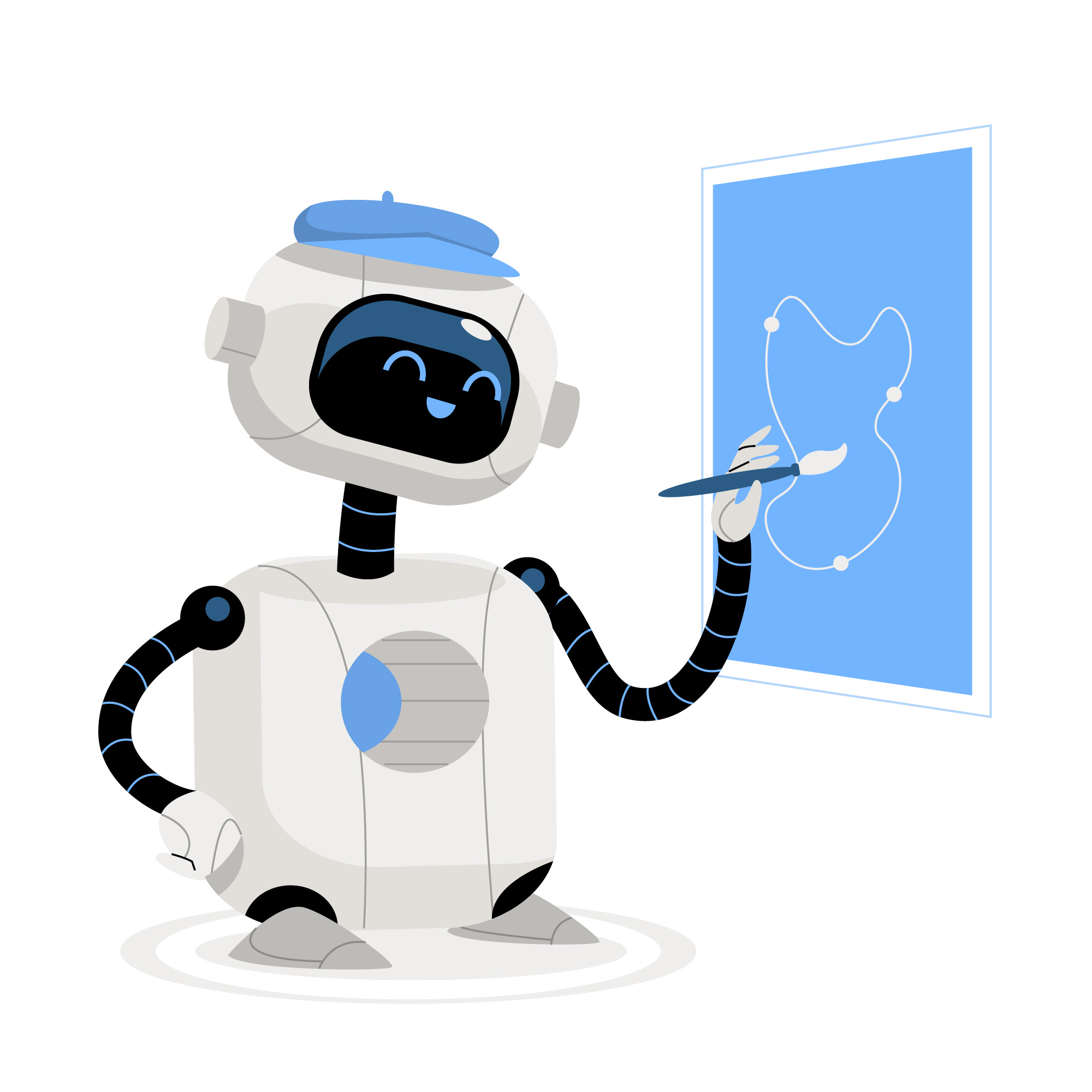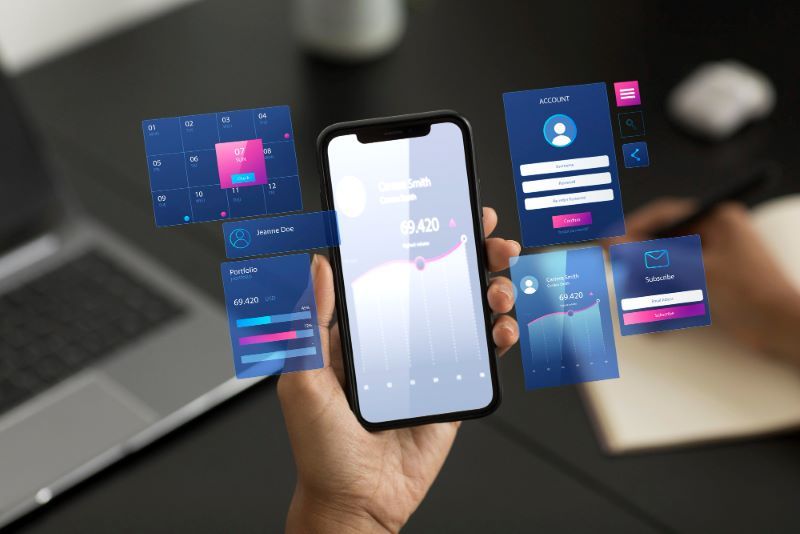In 2025, AI chatbots have evolved into powerful business tools, providing instant customer support, automating tasks, and enhancing user experiences. With advancements in Natural Language Processing (NLP), Machine Learning (ML), and Generative AI, building an intelligent chatbot has become more efficient. If you’re wondering how to create an AI chatbot, this guide outlines the key steps to create one successfully.
1. Define the Purpose of Your AI Chatbot
Before diving into development, you must determine the objective of your chatbot. Ask yourself:
- Will it handle customer support inquiries?
- Is it for e-commerce assistance?
- Will it function as a virtual assistant?
Having a clear goal helps in selecting the right AI model, training datasets, and integration features.
2. Choose the Right AI Chatbot Framework
There will be multiple AI chatbot development platforms in 2025, each offering different capabilities. Some popular choices include:
AI Frameworks & Tools:
- OpenAI’s ChatGPT API – Advanced NLP and contextual responses.
- Google Dialogflow CX – Ideal for conversational AI experiences.
- Microsoft Bot Framework – Great for enterprise applications.
- Rasa Open Source – Perfect for custom, on-premise chatbot development.
The best platform depends on your chatbot’s complexity, integration needs, and customization requirements.
3. Select the Best AI Model & Training Approach
To develop a chatbot that understands and responds accurately, you need a strong AI model. Consider:
- Rule-Based Chatbots – Follow predefined scripts and work best for FAQs.
- Machine Learning Chatbots – Learn from user interactions over time.
- Generative AI Chatbots – Use models like GPT-4 for dynamic, human-like responses.
For complex conversational AI, using Large Language Models (LLMs) with fine-tuned datasets will make your chatbot more responsive and adaptive.
4. Design the Chatbot’s Conversation Flow
A seamless user experience (UX) is key to a chatbot’s success. Plan the conversation structure by:
- Mapping out greeting messages, user queries, and bot responses.
- Defining fallback messages for unrecognized queries.
- Personalizing responses with user data and contextual awareness.
- Implementing sentiment analysis for empathetic replies.
Tools like Botpress and Chatbot.com allow businesses to create visually structured conversation flows.
5. Train Your AI Chatbot with Quality Data
AI chatbots improve with data-driven training. Use:
- Customer Support Logs – Analyze real interactions for chatbot training.
- Public NLP Datasets – Use datasets like Cornell Movie Dialogues for natural conversation learning.
- Supervised Learning – Human trainers fine-tune responses.
- Reinforcement Learning – The chatbot learns from real-time interactions.
Quality data annotation and feedback loops ensure the chatbot continuously improves.
6. Develop and Integrate NLP Capabilities
For a chatbot to understand human language, Natural Language Processing (NLP) is crucial. Advanced NLP techniques in 2025 include:
- Named Entity Recognition (NER) – Identifies specific details like names and dates.
- Sentiment Analysis – Detects emotions to adjust responses.
- Intent Recognition – Understands user intent behind messages.
- Multi-Turn Conversations – Enables seamless follow-up questions and answers.
Prebuilt NLP engines (Google Dialogflow, IBM Watson) make AI chatbot development faster and more efficient.
7. Implement the Chatbot on Multiple Platforms
A great chatbot should be accessible where your audience interacts. In 2025, AI chatbots can be deployed on:
- Websites – Embed chatbots on landing pages and customer support portals.
- Mobile Apps – Integrate AI chatbots in iOS and Android apps.
- Messaging Apps – Connect with WhatsApp, Facebook Messenger, Slack, and Telegram.
- Voice Assistants – Use AI chatbots with Alexa, Google Assistant, or Siri for voice-based interactions.
Using API integrations, businesses can link AI chatbots to CRM systems, e-commerce platforms, and ticketing systems.
8. Test and Optimize for Performance
Before launching your chatbot, conduct thorough testing:
- Usability Testing – Ensure smooth user interactions.
- Accuracy Testing – Check response relevance.
- Load Testing – Test performance with multiple users.
- Security Testing – Ensure data privacy and encryption.
Use A/B testing to compare chatbot responses and refine user engagement strategies.
9. Deploy and Continuously Improve Your AI Chatbot
Once tested, deploy your chatbot and monitor real-time performance metrics like:
- User engagement rate – Measures chatbot interaction levels.
- Response accuracy – Evaluates the correctness of chatbot replies.
- Retention rate – Tracks returning users.
- Escalation rate – Checks how often human intervention is needed.
Regular updates and AI training ensure the chatbot remains relevant and effective.
10. Ensure Compliance & Security
AI chatbots handle sensitive user data, making compliance a priority. In 2025, follow:
- GDPR & CCPA Regulations – Ensure data protection and user consent.
- AI Ethics & Bias Prevention – Train chatbots to avoid biased or harmful responses.
- Secure API Connections – Protect integrations with encryption.
Maintaining data transparency and user control builds trust in AI chatbot interactions.
Final Thoughts
Knowing how to develop an AI chatbot in 2025 requires a strategic approach, from defining goals to integrating cutting-edge AI and NLP technologies. Whether for customer support, sales, or virtual assistance, a well-designed chatbot enhances user engagement and business efficiency. Ready to build your AI chatbot? Start developing today and embrace the future of AI-powered conversations!












Leave a Reply